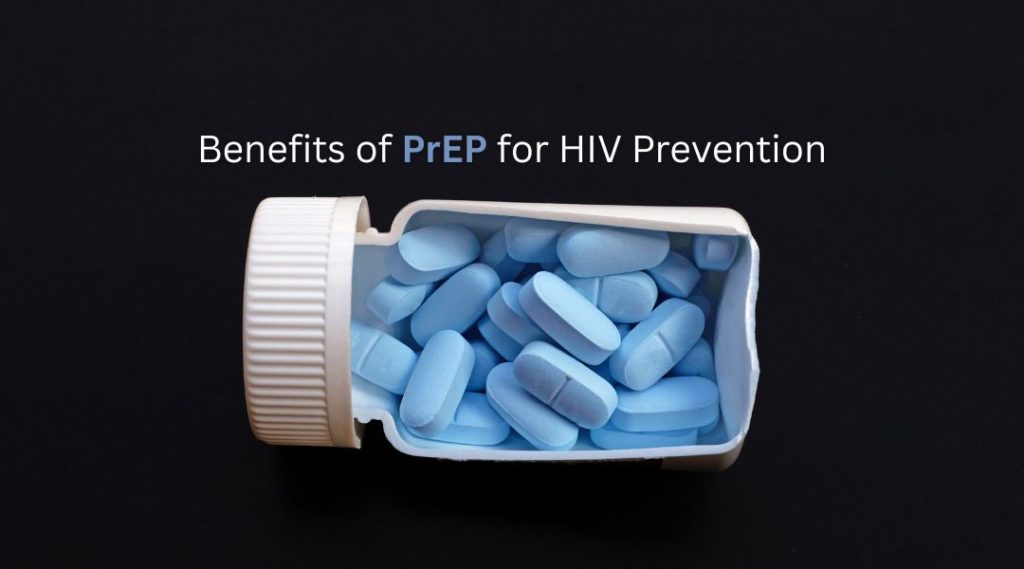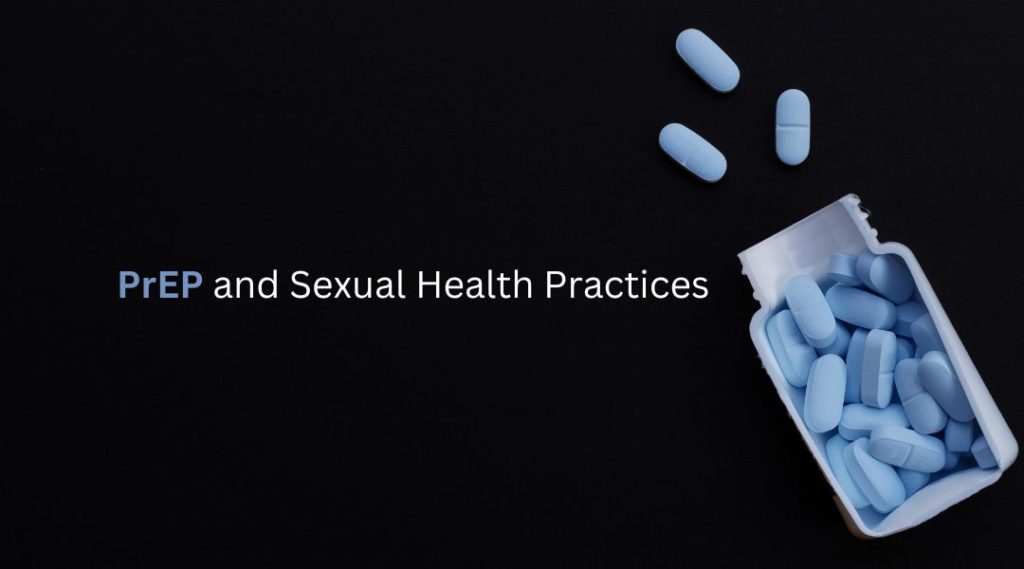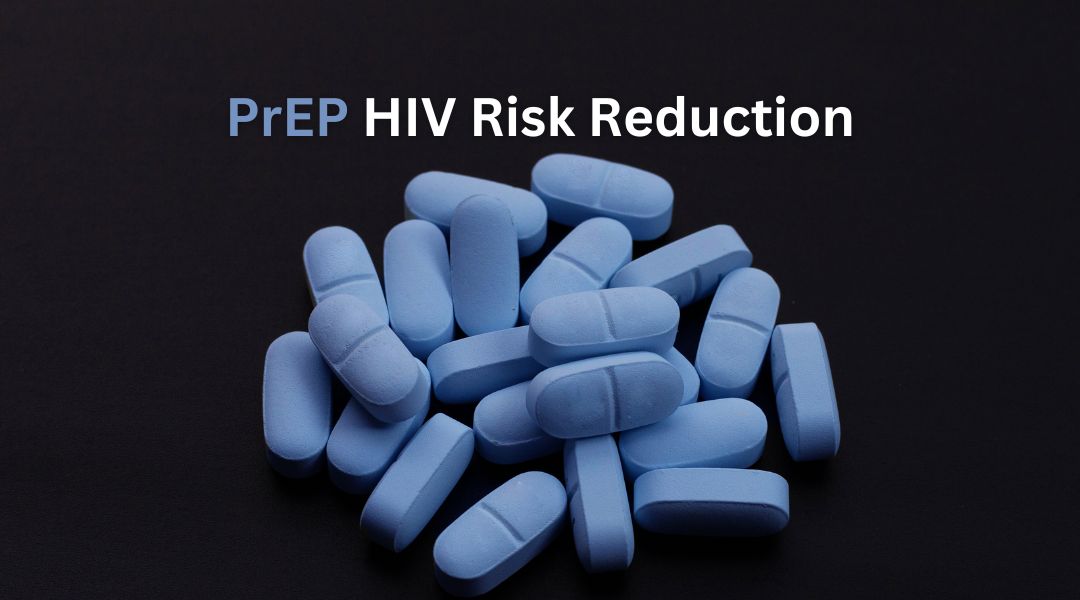PrEP : HIV Risk Reduction
In the battle against HIV/AIDS, prevention is a crucial aspect. While traditional methods such as condom use and abstinence have long been advocated, recent medical advancements have introduced a groundbreaking approach to HIV prevention known as PrEP (Pre-Exposure Prophylaxis). PrEP has gained significant attention for its ability to dramatically reduce the risk of acquiring HIV, particularly among high-risk individuals. This article explores the concept of PrEP, its mechanism of action, its benefits, potential side effects, and its role in curbing the spread of HIV/AIDS.
What is PrEP ?
Pre-Exposure Prophylaxis (PrEP) refers to the use of antiretroviral drugs by individuals who are at substantial risk of acquiring HIV. It is a proactive approach that involves taking a daily pill to prevent HIV infection. PrEP is highly effective in reducing the risk of HIV transmission when used consistently and correctly.
Understanding PrEP and How It Works
PrEP, or Pre-Exposure Prophylaxis, refers to the use of antiretroviral medication by individuals who are at high risk of acquiring HIV. The primary objective of PrEP is to provide a preventive measure for those who engage in activities that may expose them to the virus. The medication used in PrEP is usually a combination of two antiretroviral drugs, tenofovir and emtricitabine, which are commonly used for HIV treatment. When taken consistently, PrEP can significantly reduce the risk of HIV transmission.
The mechanism of action behind PrEP involves the medication creating a barrier against HIV in the body. The drugs work by inhibiting the virus’s ability to replicate and establish an infection. If HIV is encountered, PrEP can block the virus from integrating into the body’s cells, thus preventing it from taking hold and causing an infection.
Benefits of PrEP for HIV Prevention

High effectiveness
Studies have shown that PrEP is highly effective when taken consistently. When used correctly, it can reduce the risk of HIV infection by more than 90%. This level of effectiveness makes PrEP one of the most powerful tools available in preventing HIV transmission.
Empowerment and control
PrEP empowers individuals by providing them with an additional layer of protection against HIV. It allows people to take control of their own health and make informed decisions regarding their sexual practices.
Flexibility
PrEP offers flexibility, catering to the diverse needs and lifestyles of individuals at risk. It can be used on an ongoing basis or during periods of increased risk, making it adaptable to different situations.
Combination prevention approach
PrEP complements other HIV prevention methods, such as condom use and regular testing. When used in combination with these strategies, PrEP enhances overall protection against HIV transmission.
PrEP Eligibility and Prescription
PrEP is recommended for individuals who engage in activities that place them at a higher risk of acquiring HIV. This includes individuals in serodiscordant relationships (where one partner is HIV-positive and the other is not), individuals who have multiple sexual partners, people who engage in unprotected sex, and individuals who inject drugs.
Before initiating PrEP, healthcare providers conduct a thorough assessment to determine eligibility. They assess the individual’s risk factors, conduct HIV testing, and screen for other sexually transmitted infections. If deemed suitable, the healthcare provider prescribes the medication and provides guidance on its proper use.
Effectiveness of PrEP in Reducing HIV Transmission
Studies have demonstrated the high effectiveness of PrEP in reducing the risk of HIV transmission when taken consistently. When adhered to as prescribed, PrEP can provide a robust shield against HIV infection. It is important to note that PrEP is not a one-time event; it requires ongoing commitment and adherence to achieve optimal effectiveness.
Potential Side Effects of PrEP
Like any medication, PrEP may have potential side effects. The most commonly reported side effects include nausea, headache, and gastrointestinal discomfort. However, these side effects are typically mild and transient, resolving on their own within a few weeks of starting PrEP.
It is important to consult with a healthcare provider before starting PrEP to discuss any potential side effects and address any concerns. Regular monitoring and follow-up appointments allow healthcare providers to assess the individual’s response to PrEP and manage any side effects that may arise.
PrEP and Sexual Health Practices

PrEP is not intended to replace other preventive measures, such as Condom use or regular HIV testing. It is crucial to continue practicing Safe sex by using condoms consistently and getting tested regularly for HIV and other sexually transmitted infections. PrEP should be seen as an additional tool to enhance protection against HIV, particularly for individuals who may face challenges in consistently using condoms or negotiating condom use with their partners.
PrEP as Part of a Comprehensive HIV Prevention Strategy
PrEP plays a vital role in a comprehensive approach to HIV prevention. When combined with other preventive measures, such as condom use, regular testing, and education on sexual health, PrEP becomes a key component in reducing the transmission of HIV. Its effectiveness, flexibility, and empowerment potential make it an invaluable addition to the existing range of preventive strategies.
PrEP has emerged as a game-changer in the fight against HIV/AIDS, providing individuals at high risk of HIV transmission with a powerful tool for prevention. Its high effectiveness, flexibility, and ability to empower individuals to take control of their own health make PrEP a crucial element in the comprehensive strategy to combat HIV. By combining PrEP with other preventive measures, we can work towards a future where new HIV infections are significantly reduced, bringing us closer to the goal of ending the HIV/AIDS epidemic.

